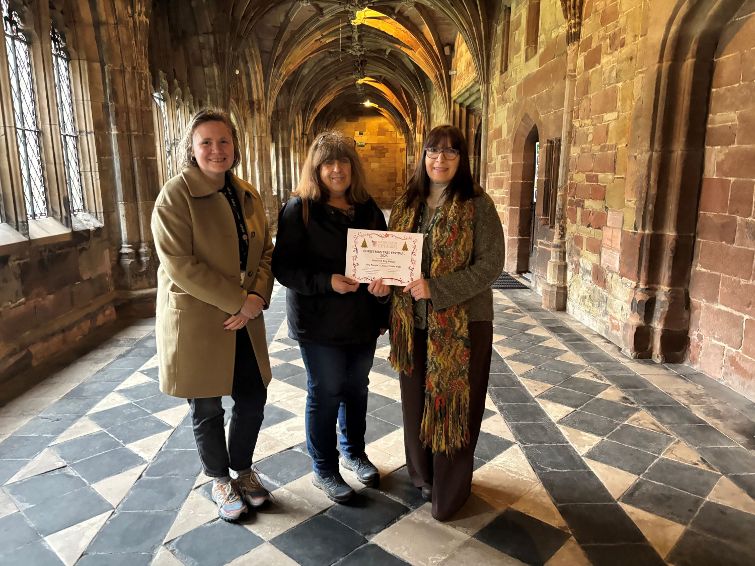The University of Wolverhampton is one of the top institutions in the country for local regeneration and engaging with the public and community, according to new data just released.
Research England’s Knowledge Exchange Framework (KEF) looks at the diverse contributions of universities to help level up their local areas. The data shows the rich contributions English higher education providers (HEPs) make, both economically and socially, on both local and national levels.
It looks at the performance of universities from different perspectives including public and community engagement, working with partners ranging from big businesses to small local firms, and how they commercialise their research. The University of Wolverhampton was identified in the top 10% nationally for public and community engagement and also in the top 10% for local growth and regeneration.
Professor Nazira Karodia, Pro Vice-Chancellor Regional Engagement, said: “We are delighted to have received national recognition for our role as an anchor institution in our region. The University’s mission and priorities are shaped and informed by local knowledge and partnership engagement.
“Through working with our partners and collaborating, we transform individual life chances for the benefit of our students and our place. As well as our main campuses in Wolverhampton, Walsall and Telford we have a number of regional centres in key locations such as Stafford, Burton and Hereford. This enables us to make a significant contribution to improving the educational, social and economic outcomes for our students and communities in our wider region.”
The University’s KEF submission included examples of key regeneration projects, such as the £100m Wolverhampton Springfield Campus, £9m Midlands Centre for Cyber Security in Hereford and £5m Marches Centre for Excellence in Allied Health and Social Care in Telford which have involved strong partnership working between the University, Local Enterprise Partnerships, local councils and wider partner stakeholder groups from both public and private sector.
A number of examples of the University’s engagement with the community were featured in the submission, including its work with partners on the Wolverhampton City Learning Region, the launch of regional learning centres such as University Centre Telford and the work of the Centre for Sikh and Panjabi Studies. Other key findings showed the University is in the top 30% for intellectual property (IP) and commercialisation. It also highlighted that Wolverhampton is in the top 40% for working with businesses and top 40% for working with the public and third sector.
Over 100 of the institutions involved (117 out of 135), including the University of Wolverhampton, provided detailed narrative accounts of the work they do to build public and community engagement, and to promote economic growth in their local area. These narratives are published in full on the KEF website.
This is the first time that detailed, qualitative information about how HEPs build community engagement and promote growth in their local areas has been collected together in a structured and systematic way allowing for easy comparison. The narratives paint a detailed, never seen before picture of how HEPs engage with their communities to build deeper relationships and to stimulate local growth.
Examples of the kinds of projects detailed in the narratives include working with local partners to:
· redevelop and reinvigorate previously disused brownfield sites
· identify skill gaps and develop curricula and courses to address them
· boost research and development to attract investment in the local area
The KEF compares institutions on a like-for-like basis, with similar institutions being grouped together with their peers in ‘KEF clusters’ based on factors like their size, specialisation and the intensity of their research activities. This is a more fair and balanced approach that avoids making unhelpful comparisons between incomparable institutions.
The data that underpins the KEF informs a series of metrics covering a wide range of a university’s activities. These then go into seven perspectives, for which each receives a decile score displayed in relation to the average for its cluster.
The website displays all this information in easily interpreted, visually interesting charts and graphs that allow easy comparison of institutions’ strengths. Presenting this information in an easy to use way will help them analyse their own performance in a new level of detail.

















